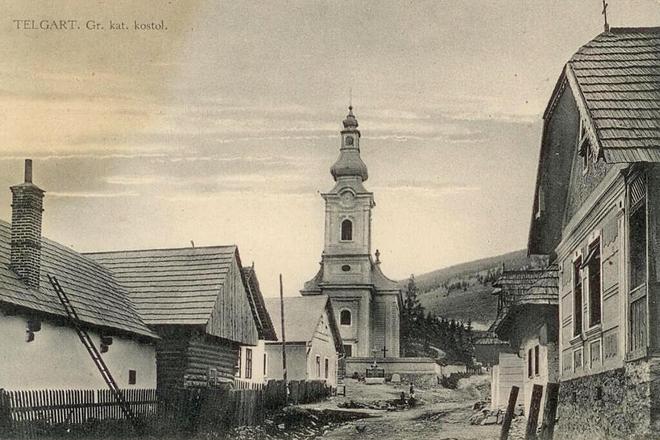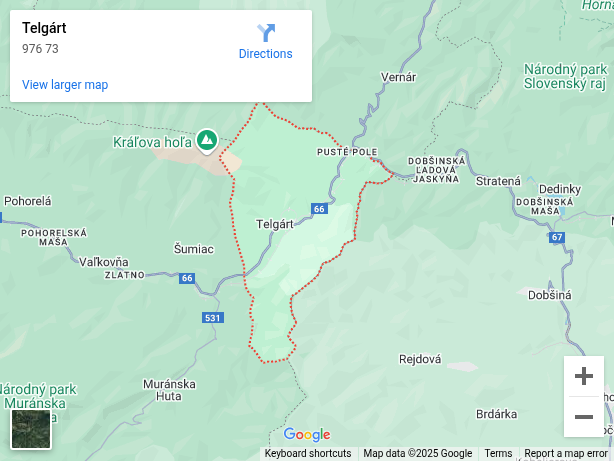The Ruthenian minority lives in the east and northeast of Slovakia; as outlined here, their origin is not quite clear but it is known that these people arrived in several waves of migration between the 14th and 17th centuries.
Their arrival was connected to the so-called “Walachian colonisation” when groups of shepherds came to Slovakia from the Balkans, Ukraine and Poland. They mainly settled in mountainous regions where their marked cultural influence can be traced to the present day.
It is less known that Ruthenians also settled in the upper part of the Horehronie region, leading to a distinctive ethnic island. Traditionally Ruthenian villages in this area included Pohorelá, Šumiac, Telgárt and Vernár.
One of the touchstones of their cohesion, culture and faith was the Reformation period. They resisted enormous pressure to abandon their Orthodox faith, and became noted throughout the region for their courage and stubbornness.
Evangelical missionaries who were supposed to convert them had a hard life in these villages. Rusnáci, or Rusnáks – as the Ruhenians were called here – did not want to convert and they made things as difficult as possible for them, often refusing to pay them and even, at night, killing their fowl. The situation at one point reached such a critical peak that Muráň landlords had to withdraw some of the missionaries so they did not die of hunger.
In this postcard, we see Telgárt in the 1920s. The street ascending towards the Greek-Orthodox church looks very much as it does today, the only difference being that the wooden houses have been replaced by brick ones.
This article was first published by The Slovak Spectator on March 2, 2015. It has been updated to be relevant today.


 In this postcard, we see Telgárt in the 1920s. (source: Courtesy of Branislav Chovan)
In this postcard, we see Telgárt in the 1920s. (source: Courtesy of Branislav Chovan)
